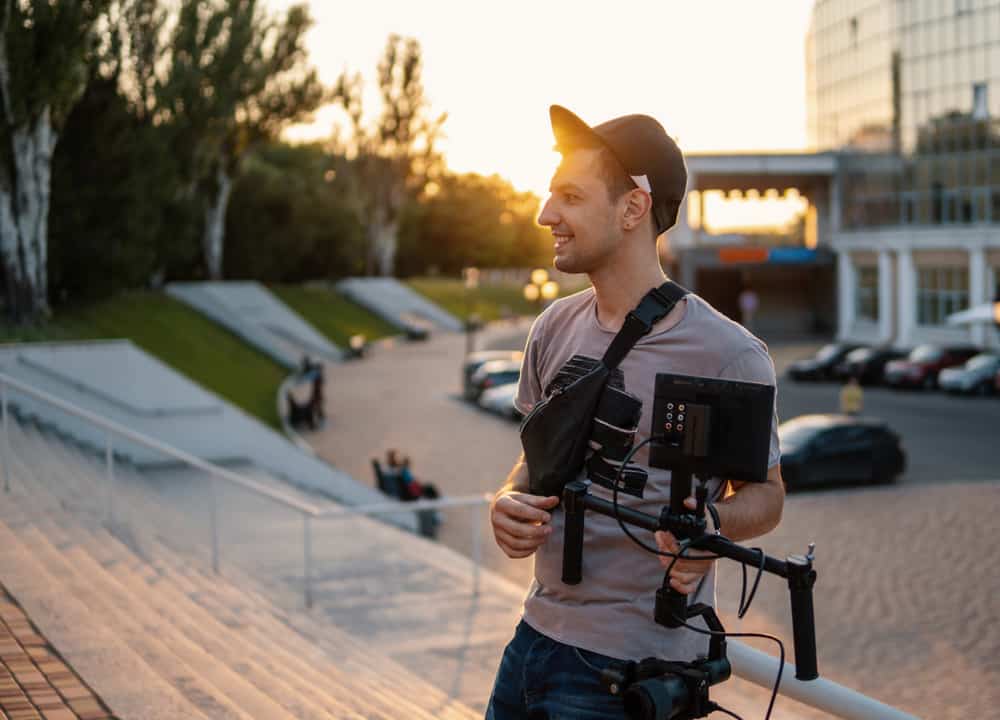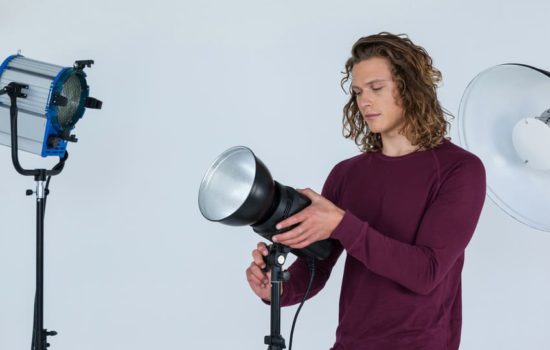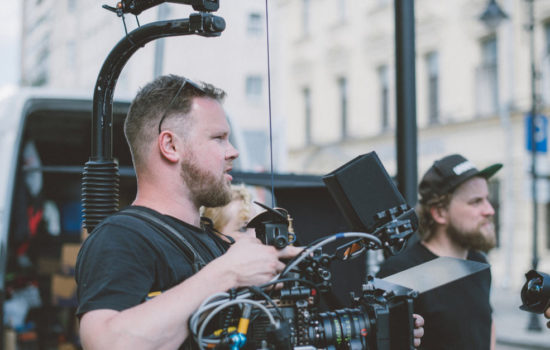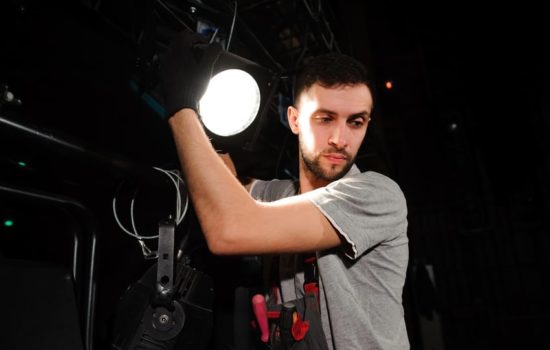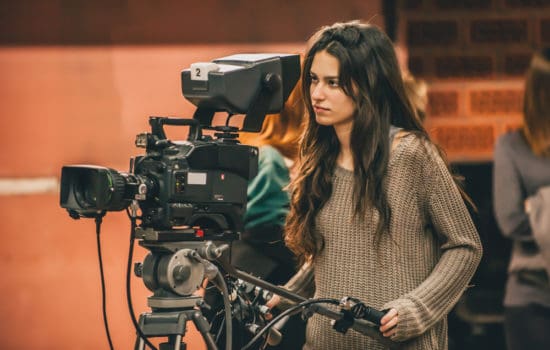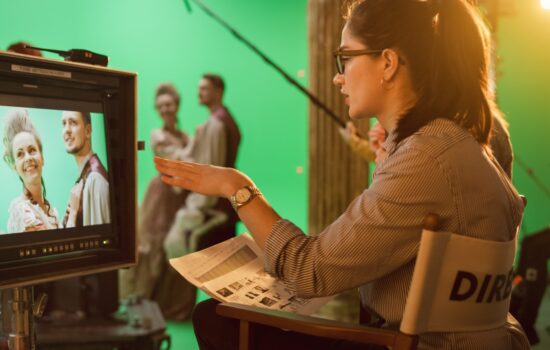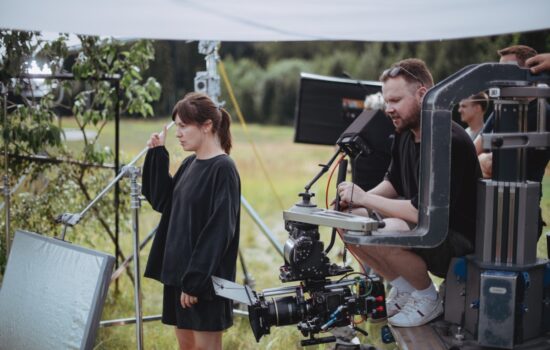It’s not what you shoot with but how you shoot! There are literally countless cameras, lighting packages, audio gear, and post-production tools that can be used to create your short masterpiece. Stop worrying about the best camera and the best whatever.
Yes, The Red is awesome and I have directed that camera on several music videos, but there are other, more affordable 4K cameras available now that can get the job done well. If you’re a film student, then great, you should have access to decent gear.
For you short filmmakers out there without gear, please consider these affordable camera options:
THE BLACK MAGIC POCKET CINEMA CAMERA – $1,300
THE PANASONIC HC-X1 – $2,700
THE PANASONIC LUMIX GH5s – $2,300
THE SAMSUNG GALAXY 9 NOTE – $1,250
That’s right, the last one is a cell phone that can shoot 4K, 60FPS, and even has a model with 512 gigs of storage. Plus, you can add lenses to many cell phones. They use a magnet and nest right in front of a cell phone’s existing lens. You will still need a laptop and drive to dump footage, but Tangerine, a Sundance darling, was shot on the iPhone 5S. Again, it’s not what you shoot with, but how you shoot.
When it comes to audio, don’t cut corners. A good audio operator will usually come to the table with his or her own mixer, lavs, and a boom. Rely on them to give you the best audio possible. They know what they are doing (usually) and it’s up to you to trust them. As long as they can give you clean and reliable audio, you will be fine.
Avoid noisy locations and flight paths when scouting locations. Don’t think you can solve it in post with ADR (Automatic Dialogue Replacement). Re-recording dialogue in post often sounds canned and lacks the emotional delivery that should have been recorded in the field or on a soundstage.
With lighting, this is a conversation you have to have with your Director of Photography. Remember, you don’t have to know everything. If you’re the Writer or Director, be brave enough to relinquish total control.
Speak to your DP in visual terms. Yes, he or she needs to know the story, but it’s way more important that he or she understands the visual language of your short film. The best way to do that is with comparative visuals and movies. Scour the web for screenshots and pictures of paintings, photographs, and movies you love and share those with your DP. He or she will understand when you “speak” in visual terms.
Don’t get bogged down in the backstory and the dialogue. Share what’s necessary and rely on the visual examples to lead the way.
